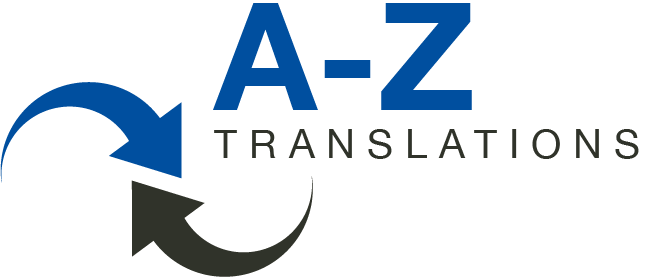Being a translator also means that you have to proofread text. Usually your own, before you send it to the client, but sometimes also those of other translators. (To clarify, I’m talking about text that has been translated where you have both source and target texts, not any other kind of proofreading, editing or whatever else it is called.)
I have colleagues who print out everything, correct things with a colored pen (usually red or green) and then manually input those changes into the document on the computer. To me, there are several problems inherent in this method:
– The most obvious ones: You’re wasting paper and ink! Most of the translations I get are pretty long, so that would mean somehwere between 10 and 20 pages per text minimum, sometimes maybe even 100. I can almost hear the trees dying while the printer is spitting out one page after another… And the costs for the ink are enormous, too, even if you have a laser printer.
– The time you need to first print, then review, then incorporate the changes by hand. Yes, some people scan the proofed documents and send them off, but then the person responsible for deciding what goes and what stays has to input the changes manually (perhaps printing the pages out first, too?).
– The probability that mistakes happen while you update the document on the PC from the paper version with the changes by hand just seems to high for me. And then who will check that you did that correctly without adding new errors?
I’m a big fan of doing as much as possible paperless, so I try to do the proofreading that way, as well. Using the „Track changes“ feature most word processing programs and CAT-tools have nowadays, this is to me the most efficient way to proofread. The changes are in the document right away and the person who has the last say can just accept or decline them. You can even leave comments, which can save a lot of time (and nerves). Plus, no trees have to die, and I’m saving a ton in ink.
And if there are several people giving input, MS Word has these nifty little features called „Compare“ and „Merge“, which are wonderfully described and explained in this article of the editorium. There is also another very detailed one on how to proofread on the screen here.
But I have to admit, proofreading on the screen has its downsides, as well. The reason why these colleagues prefer to print everything is that it is a lot easier for our brains to work with letters on paper rather than on screen. Weird, but true.
Just the other day, for example, I had to print out my translation as it needed to be certified (i.e. stamped and signed by hand). I had read through it what felt like a gazillion times, checked names and numbers and formatting. And still, I had to print out several pages several times because there were errors that I didn’t see until I had it all in front of me on paper. True, the problems all had to do with the formatting, but I should have seen that on the screen, too, and didn’t. But then maybe it was just that I had been working on it way too long and it was late…
There are some ways to fool your brain into paying better attention, though, without printing things out. For example, you could change the font and the font size when proofreading or read the text out loud. Leaving some time between the translating and proofreading stages also helps, and of course, not being tired is a big plus.
Do you have any other advise on proofreading in general and on the paperless version in particular? Please share in the comments below!
I have also already written several posts about this topic, from different angles, and if you’re interested, take a look at these:
Oh, those pesky typos
The pitfalls of spellcheckers (funny!)
Proofreading and editing
Paperless office – well, almost
